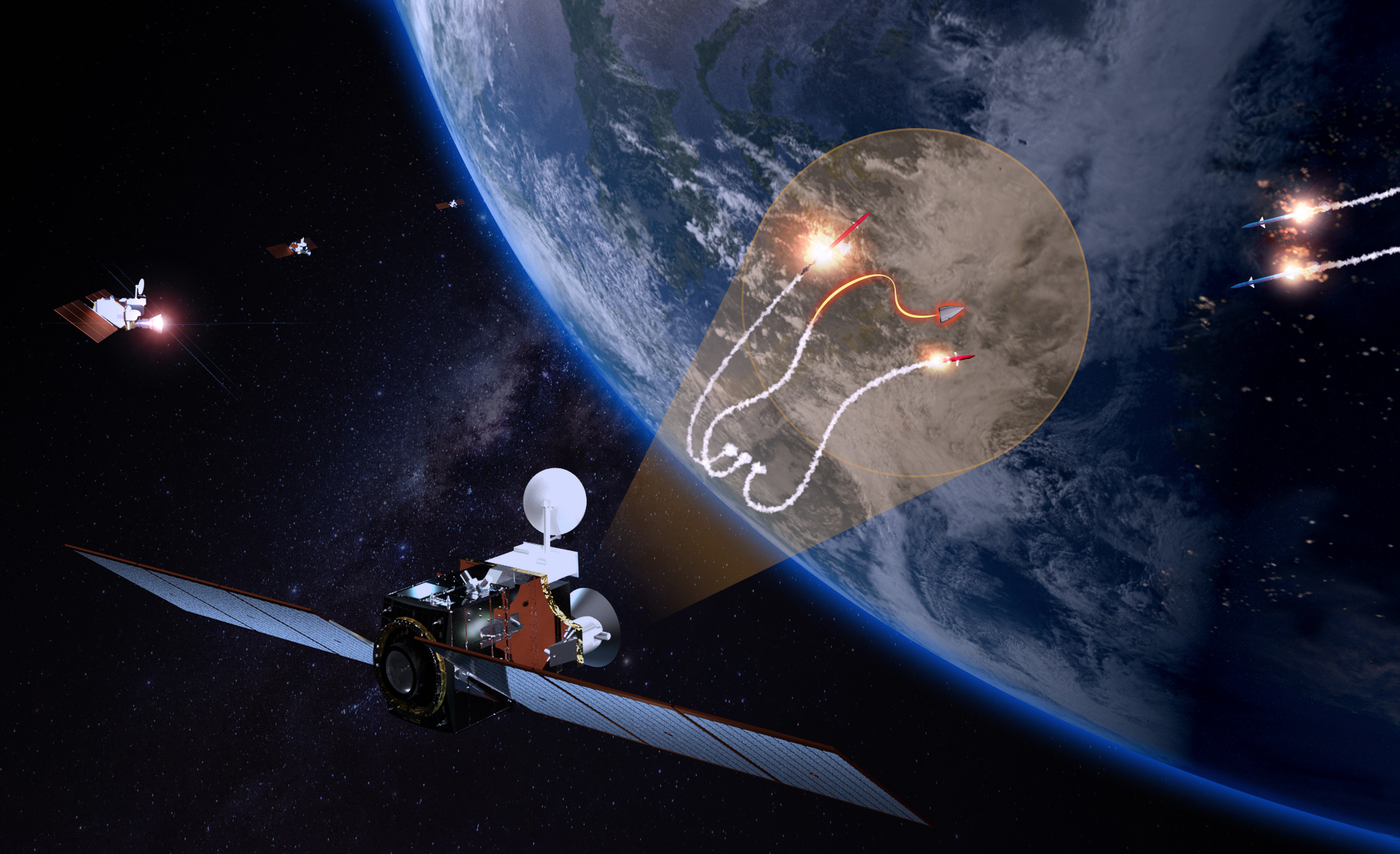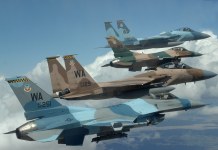The US Missile Defense Agency is pursuing anti-hypersonic missile defense on a war footing to combat the exacerbated hypersonic missile threat from Russia and China. In a significant breakthrough toward that end, the Glide Phase Interceptor Program (GPI) has entered a critical stage.
China Not Repeating Nazi Germany’s Mistake; USAF General Says ‘No Nation In Their Right Mind’ Would Want To Fight Beijing
China Conducts ‘Hypersonic Bombing’ As Scientists Evaluate Aircraft’s Ability To Fire Weapons At Mach 5+ Speed
After reaching a significant milestone earlier this week, Raytheon Missiles and Space’s proposal for the Missile Defense Agency’s Glide Phase Interceptor program is set to enter the preliminary design phase, the company stated in a press release.
The Glide Phase Interceptor, a project of the Missile Defense Agency for hypersonic defense, is intended to shoot down incoming hypersonic missiles when they are in their glide phase of flight, which occurs between the launch phase and the terminal phase. The glide phase is when the missile is most vulnerable.
Raytheon announced on September 20 that it had completed the Systems Requirements Review-Prototype stage. The statement added that the contractor for the missile defense program and the government now had a shared understanding of the requirements before moving further.
Russia ‘Blows Up’ An Invading Drone Boat That Dodged Patrols & Emerged Near Russian Naval Base In Sevastopol
“We have a firm understanding of the requirements, and we’re ready to continue GPI development,” said Tay Fitzgerald, president of Strategic Missile Defense at Raytheon Missiles & Defense, in a statement. “This is a major step toward delivering this capability to the warfighter.”

In November, the MDA selected Northrop Grumman, Lockheed Martin, and Raytheon, American defense companies, to design the glide phase interceptor (GPI). Northrop Grumman received $18.95 million, Lockheed Martin received $20.94 million, and Raytheon Missiles and Defense received $20.97 million for the first development. However, Lockheed Martin was later excluded from it.
The contract signed by Northrop Grumman and Raytheon requires them to “continue to develop further and improve their idea leading to a system requirements review and prototype.”
The Missile Defense Agency requested $225 million for hypersonic missile defense in its fiscal 2023 budget request, while $318 million for other hypersonic defenses was included among its unfunded requirements. The MDA Chief Vice Adm John Hill stated that the increased funds would be used for GPI in congressional testimony delivered in May.

Besides the GPI program, the MDA is also pursuing a space-based system to combat the threat from adversarial missiles that are hard to track. In July, two new contracts for a constellation of missile surveillance satellites were announced by the US Space Development Agency (SDA). The satellite system will be launched by 2025.
In a nutshell, the MDA intends to create a multi-layered defense system that joins satellite-based sensors, radar on the ground, and other military weapon systems into a single network to find, track, and potentially intercept and destroy hypersonic missiles.
Glide Phase Interceptor
A hypersonic boost-glide weapon is launched into the atmosphere to glide at hypersonic speeds before striking its target. The greatest chance to intercept the missile exists at this “glide” phase in its trajectory, just before it turns into its final high-speed drop. The Glide Phase Interceptor intends to accomplish just that.
Vice Adm. Jon Hill explained: “So when you’re in the glide phase — which is higher up from the terminal, right, where a hypersonic vehicle is likely in its most vulnerable phase — that’s a pretty tough environment to be in. And you can’t take an air defense weapon and operate it there, nor can you take a space weapon like an SM-3 and operate there; it’s just a different environment.”
The GPI could potentially be integrated with the Hypersonic and Ballistic Tracking Space Sensor, a newly developed high-tech hypersonic weapons tracking satellite by the MDA. The idea is built on target detail networking and the requirement to create a continuous “track” on a quickly moving hypersonic missile, from launch to remote control to satellite missile tracking technology.
As a component of the layered missile defense system used by the Missile Defense Agency, the interceptors would be launched from Navy Aegis Ballistic Missile Defense destroyers and integrated into the Aegis Weapon System.
The US has recently grown more concerned about the threat presented by Chinese and Russian hypersonic weapons, especially given that it lags far behind the two with its hypersonic weapon still in the development and testing stage.
US military leaders expressed grave alarm when China tested its hypersonic glide vehicle (HGV) in July 2021. Before reentering the atmosphere and striking the terrestrial target, the glide vehicle traveled around 24,800 miles (39,911 kilometers) in space, according to a US Defense Intelligence Agency (DIA) report.
Later, some Pentagon officials admitted that China had also dropped a sub munition during its hypersonic flight in the South China Sea. Even Russia, which has the most advanced hypersonic program, has not proved this capability.

Furthermore, given the rising hostilities between China and the US in the Indo-Pacific region, China might even use its hypersonic missiles to attack American assets in the Pacific. Meanwhile, Russia has already launched its Kinzhal hypersonic missile to strike a target inside Ukrainian territory, becoming the first nation in the world to do so.
While intercepting and tracking a hypersonic missile remains an uphill task due to its unpredictable trajectory, China has claimed to have developed the world’s first anti-hypersonic defense system, which would be able to intercept hypersonic missiles.
The US, on its part, is doing everything to build a formidable defense against hypersonic missiles besides fielding a hypersonic weapon of its own.
- Contact the author at sakshi.tiwari9555@gmail.com
- Follow EurAsian Times on Google News




